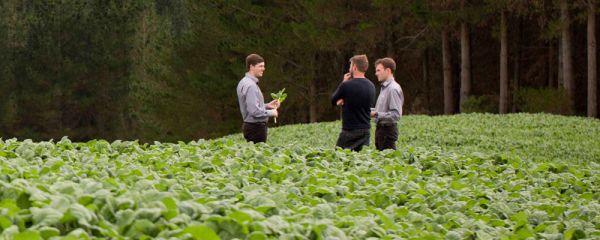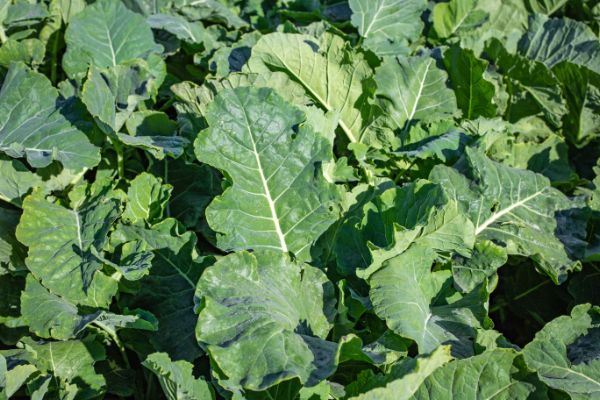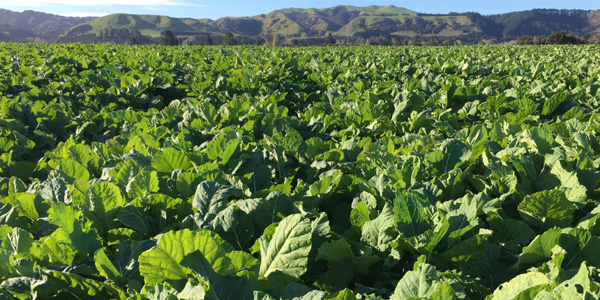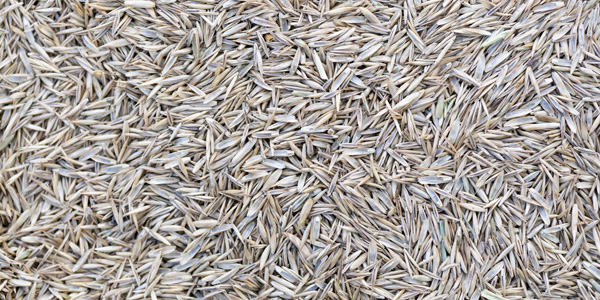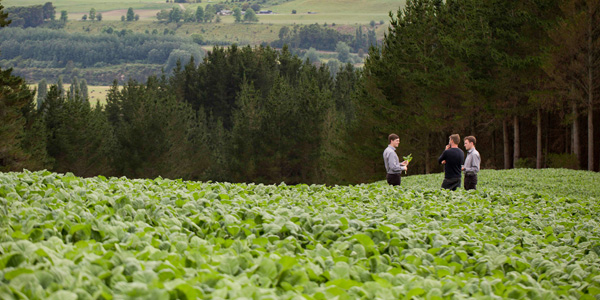
Brassica Management
Brassica Management
Background
Forage crops can often provide a superior feed supply, both in terms of quantity and quality. They provide an excellent source of energy and protein for grazing stock. Use of a forage crop should be considered in any situation where pasture quantity or quality is limiting the potential production of your livestock.
The most common situations are as follows:
- Finishing young stock in early summer - feed for post-weaning period, where feed demands increase at a time when vegetative pasture growth rates are falling
- Mid-late summer feed for all stock classes - at a time when pastures are of a low quality and low moisture levels are impacting on pasture growth
- Summer "safe" feed - a parasite/pathogen-free grazing environment, to avoid stock health issues related to endophyte effects, worms, facial eczema etc.
- Autumn feed - to support an increased stocking rate, required when paddocks are removed for pasture renewal
- Winter feed - maintenance feed for stock when pasture growth is limited, allows stock to be held on specific areas, thereby building the amount of valuable early spring feed. Crops also aid in reducing widespread pasture damage in wet conditions
- Winter stock finishing - large quantities of quality feed suitable for finishing. For example, cattle and winter lamb contracts
- Break crop for renovation programme of sub-standard pastures - if managed well, forage crops will provide a significant drymatter contribution, minimal time out of production, a useful system for assisting in weed and disease clean up for pre-pasture establishment and a good opportunity for improving fertility status. Brassicas are particularly useful in avoiding ryegrass seeding over the summer prior to establishment of a grass variety with AR1 or AR37 endophyte
Kale
Kale is a tall, bulky brassica grown for winter feed. Kale maturity times range from 18-24 weeks. Kale can be sown from mid to late October through to mid February depending on climate, desired feeding time and quality required.
Swede
Swede crops are a traditional winter feed in cool wet climates. Swedes have the advantage over turnips of carrying a larger bulb, greater yield and better drymatter quality through winter.
Turnips
The well established role of turnips is reflected by the extensive range of cultivars available, from the yellow fleshed (hard) through to the white fleshed (soft), to the modern stubble/summer turnips, all with differing maturities, leaf:bulb ratios and feeding times.
Rape
Rape can be sown from mid spring through to late summer depending on when the feed is required. It can be used for both summer finishing and/or conserved for winter feed. Rape is very good in drier environments where it can carry high-quality feed from spring through to late summer or from late summer through to winter.
Forage Brassica
Forage brassicas are early maturing, regrowth leafy turnips that are suited to first grazing at around 6-8 weeks often before Christmas.
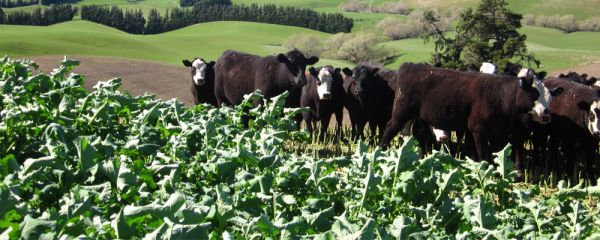
See our Brassica range
VIEW PRODUCTS